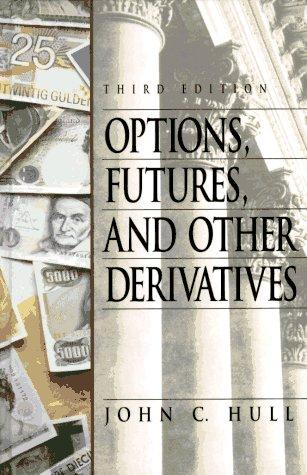Question
. Indicate whether the following statements are true or false: (1 point each for a total of 12 points) (a): Financial decisions have to do
. Indicate whether the following statements are true or false: (1 point each for a total of 12 points)
(a): Financial decisions have to do with allocating capital,and affect the assets side of the balance sheet of the firm.
(b): Real Assets are those assets of the firm that are needed for its operations and play a role in generating income for the firm.
(c): Capital markets are said to be efficient if market prices reflect all available information.
(d): A typical mortgage loan is structured in such a way that only the interest due on the outstanding amount is paid every period and the principal is paid in a lumpsum at the end of the life of the loan.
(e): Discount factor is defined as the value at t=n of a cash flow of $1 that occurs at t=0.
(f): Capital Budgeting based on the Book Rate of Return rule does not take the time value of money into account. (g): Capital Budgeting based on the Internal Rate of Return rule allows us to discount cash flows with different time and risk attributes at different rates that take these attributes into account.
(h): Inverse of the Price Earnings Ratio overestimates the market capitalization rate for growing firms.
(i): It is not true in general that PBP(A+B) = PBP(A) + PBP(B) where PBP stands for the Pay-Back Period and (A + B) is a capital budgeting project that can be decomposed to two separate parts A and B, each of which is economically viable on a stand-alone basis.
(j): A firm will be able to invest the entire retained earnings in the future on new projects if the accounting depreciation on its existing assets is computed by the straight line method.
(k): Assuming that the constant growth rate dividend discount model is valid, a firm with a price to book ratio of 0.96 will increase its price-earnings ratio by increasing the proportion of its earnings it retains in the business.
(l): The relationship between r, the real rate of return, rN, the nominal rate of return, and i, the inflation rate is given by: (1+r) = (1+rN)*(1+i)
Step by Step Solution
There are 3 Steps involved in it
Step: 1

Get Instant Access to Expert-Tailored Solutions
See step-by-step solutions with expert insights and AI powered tools for academic success
Step: 2

Step: 3

Ace Your Homework with AI
Get the answers you need in no time with our AI-driven, step-by-step assistance
Get Started


